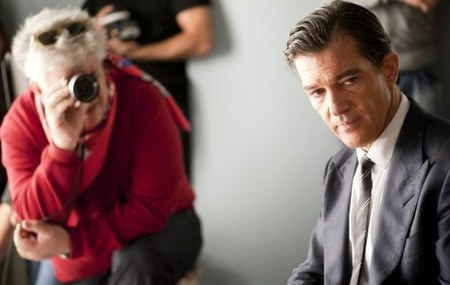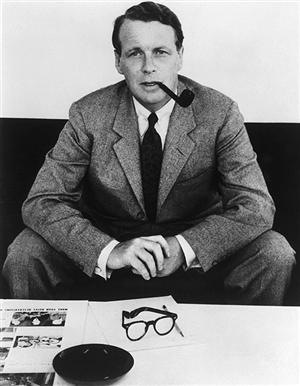Better put, two question groups.
Question Group the first relates to this video:
You guys, does anyone else think it’s weird that Valery Gergiev is dressed like a trucker in the Leningrad Denny’s (Денниз) at 2:00 am? I mean, I know that the whole unkempt look is like, his thing or whatever, but come on, baseball cap? Really? And doesn’t it just make his already eccentric Fluttering Butterfly conducting moves look even more bizarre?
Meanwhile, Gautier Capuçon looks like a contestant in a River Phoenix/Johnny Depp lovechild lookalike contest. It’s all about contrast, people.
Question Group the second is all about why won’t La Piel Que Habito just open already, in this country, in my city, NOW?
Pedro Almodóvar is the reigning king of the cinema. I mean, is anybody seriously going to dispute that? There are other great directors out there, but Almodóvar consistently writes, directs, and releases a new film almost every other year that maintains or raises his already incredibly high standards. Each one explores similar themes, re-intermingled and re-imagined, so that they all have that Almodóvar stamp and are all so completely different.
And yet, we have to wait months and months after the European premier of each new film to see it in the U.S. Not only is this the best art that we have available to us IN THE WORLD, but this movie has Antonio freaking Banderas in it. Who wouldn’t like that?

There were all these rumors that La Piel was going to be different, that they were going to release the movie all over the world at the same time, something about the Spanish government not enforcing international copyright law and blah blah blah just give the movie, alright??
So now the movie just opened in Britain, strangely enough before the Sept. 2 opening in Spain (um, what?). And then it’s only being released in New York/LA on October 14 or something? Ugh! Just bequeath it unto the world, Pedro! We will love you for it heartily.
In the meanwhile, you can watch more, and listen extensively. A little Alberto Iglesias goes a long way to calming down my frazzled nerves, y’all.







